
P-36A
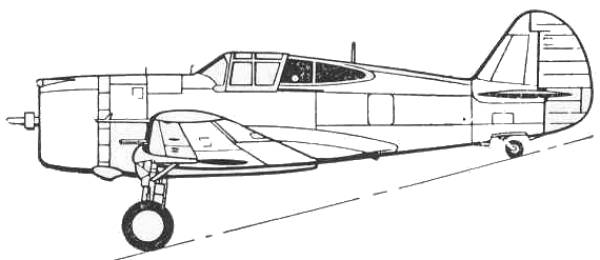
Following its loss to Seversky P-35, three service test examples of the Curtiss YP-36 were ordered in July 1936 and were delivered in March 1937. With a modified cockpit, retractable tail wheel and a 1,050 hp twin-row Pratt & Whitney R-1830-13 engine. On July 7, 1937 the Army ordered 210 similar production models. This was the largest fighter order since 1918. Delivery of the P-36A began in April 1938 with the first 15 using the R-1830-13 which used 92 octane fuel, the remainder were equipped with the R-1830-17 that used 100 octane fuel. The A model was equipped with one 30 caliber machine gun and one 50 caliber machine gun in the cowling. Several follow up models, B and C used addition armament and engines and many were sold over seas as the Hawk 75.
P-36As were stationed in Hawaii and on December 7 a number of them were able to get airborne during the attack one of them was flown by 2nd Lt. Harry W. Brown. Since the kit supplies the markings for his plane on that day, that is the one I will be building. Here is his story...
Harry
W. Brown
As bombs started falling on Wheeler Field on December 7, a handful of
pilots that were spending the weekend on base at Wheeler desperately
drove to Haleiwa auxiliary field, some 15 miles away. A number of P-40s
and P-36s had been temporarily assigned there from the 47th Pursuit
Squadron so that crews could achieve their gunnery qualifications. Due
to a shortage of fifty-caliber machine guns in Hawaii, the P-36s were
fitted with just one nose mounted thirty-caliber machine gun. The first
pilots to arrive grabbed the two available P-40s, leaving four P-36s
for the others. Among the latter was 19 year old 2nd Lt. Harry W. Brown
of the 15th Pursuit Group’s 47th Pursuit Squadron, who jumped
into his own P-36. At 0830 hours, the two P-40s and four P-36s took
off. Brown formed as the lead ship with 2nd Lt. Malcolm Moore. Together
they flew north and engaged two B5N “Kate” torpedo bombers
from the Japanese carrier Soryu. Brown hit one of the planes piloted by
PO1c Takeshi Atsumi. Brown managed to shoot down another Kate before
the raid was over although he wasn’t officially credited with the
second kill until March of 1942.
After Pearl Harbor he was assigned to the 9th Squadron of the 49th
Fighter group based in Australia flying P-40s. Brown scored his third
kill, an Oscar, over Lae, New Guinea during the Bismarck Sea battle on
March 4,1943.
Brown, by then promoted to Captain, was assigned as a flight leader
with the 475th Fighter Group (“Satan’s Angels”) 431st
Fighter Squadron, flying P-38s. Brown scored the groups first three
kills, downing three A6M Zeros over New Guinea on August 16, 1943 and
his seventh victory, a Zeke over Rabaul on October 24. He was the only
American ace to claim a victory while flying a P-36. His awards
consisted of a Silver Star, Distinguished Flying Cross with one oak
leaf cluster, an Air Medal with two oak leaf clusters and a
Presidential Unit Citation with one oak leaf cluster.
After the war he served as base commander of McGuire AFB, New Jersey
prior to leaving the service in 1948. Remaining in the Air Force
Reserve, he earned undergraduate and masters degrees at the University
of Denver and was subsequently promoted to Lieutenant Colonel. Brown
served as a personnel manager for the Bechtel Company in San Francisco
for 10 years and commanded a Reserve air-sea rescue squadron at Lowry
AFB, Colorado. He died on October 7, 1991.
The Kit
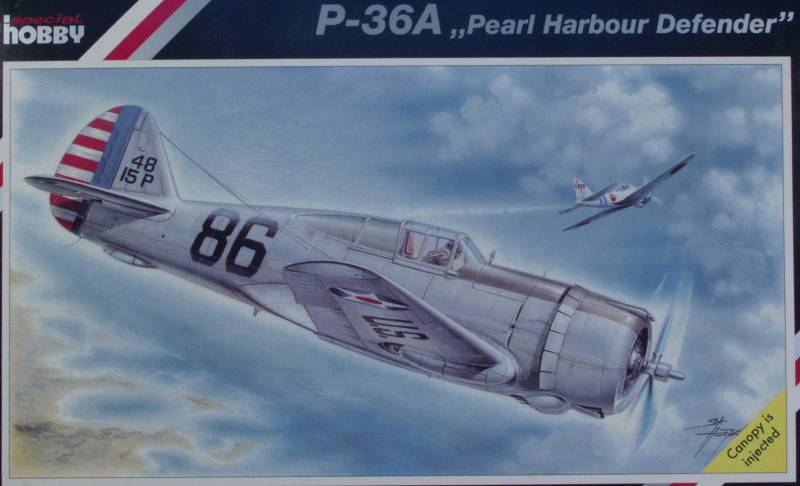
The Special hobby kit comes in a smallish box for a 1/32 scale kit with artwork showing Phillip Rasmussen's aircraft downing a Zero. The box is one of those annoying end flap style of box. Inside the box the contents except for the instructions are sealed in a single clear plastic bag. Not the best and the canopy parts had already separated from the clear sprue during shipment. Fortunately none seemed to be worse the wear for the experience.
Inside the bag are three sprues plus the upper and lower wings which were not part of a major sprue. The plastic is a light gray color and has a smooth almost glossy finish. The surface detail consists of recessed panel lines and rivet and fastener details. Where appropriate there are some raised details. The fabric surfaces are discretely done which should please most and all control surfaces are fixed in the neutral position. I found no defects on the major airframe parts. Flash was very light to non-existent on the same parts and the sprue attachment points were medium in size. The balance of the gray parts were well molded with minimal flash. The sprue attachment points are large on many of the smaller part and the round parts and those with detail on both sides have a bit of mold overlap seam to be dealt with. Note that this base kit is used to produce several variants of export Hawks and as such has a number of parts on the sprue that are not used on the P-36A.
The cockpit is pretty well detailed and most of the parts are all on one sprue and is made up from 28 parts. this includes side panels, floor, seat, instrument panel and various other details. The engine is well detailed and includes both rows of cylinders, s separate piece with push rods, the main ignition harness and gear reduction case. The propeller has separate blades but the blades key into the hub to guarantee they are set correctly. All of these parts are on a separate sprue. The last gray sprue has the balance of the kit parts molded in gray. This includes the tail surfaces, landing gear parts, gear bays and various and sundry parts. again the parts are well molded with little flash and no major surface defects. See photos below.
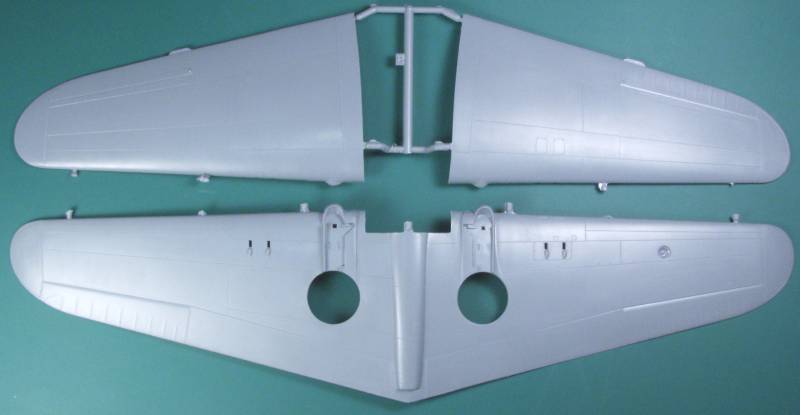
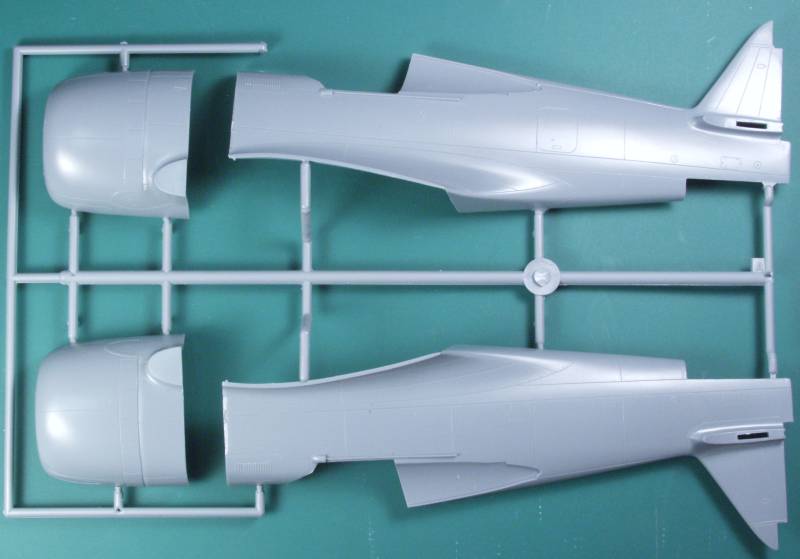
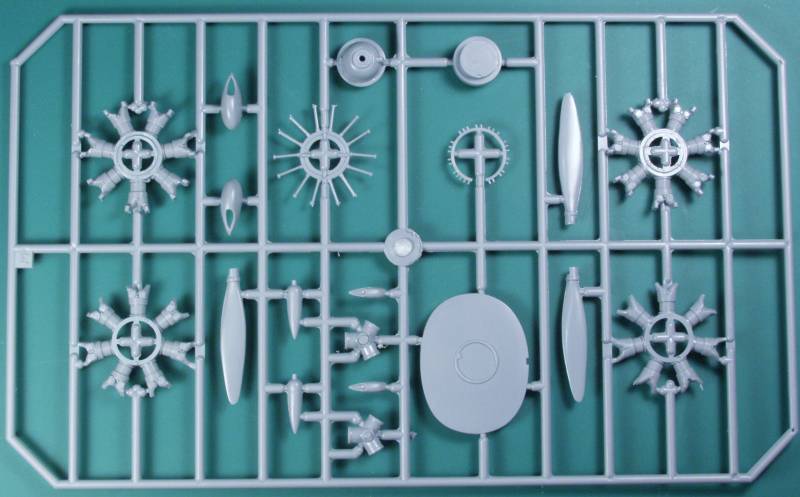
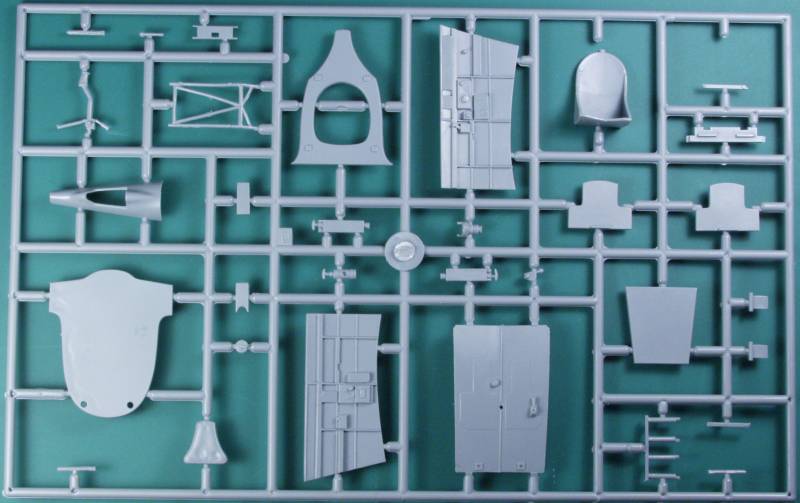
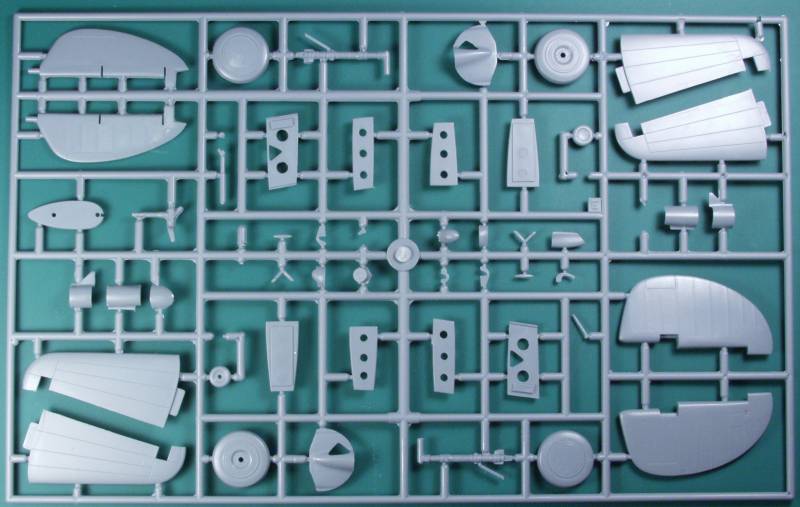
The clear parts are thin and clear. There are three windscreens included to cover other versions. The canopy is separate so it could be posed open, the other clear parts are the side lights behind the cockpit and navigation light lenses and a landing light lens. see photo below.
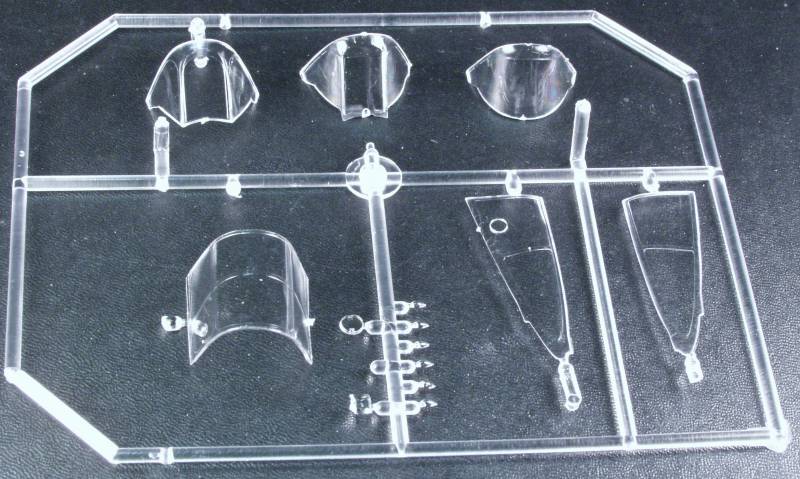
The decals printed by Aviprint are well registered and exhibit little excess film and look to be opaque. However the U.S. ARMY lettering is provided in black and should be dark blue and the tail numbers for Harry Brown's aircraft I believe should be white but I have no absolute proof of that. It also includes two kill marks for his aircraft, since he was not officially credited with the second kill till several months later after he had been transfered and was flying P-40's I doubt that they would have been painted on. See below.

The kit includes a small fret of photo etch which includes seat belts (shoulder harnesses were not being used at the time) gun sights and the balance of the parts add to the depth of the cockpit detailing. See below.
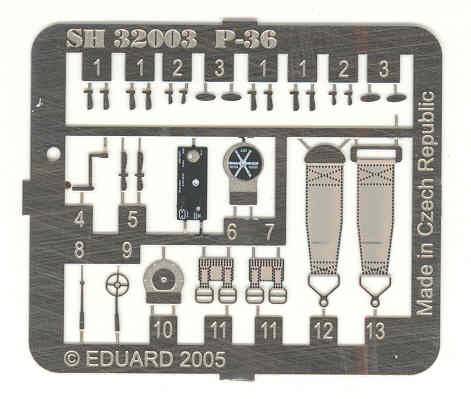
Although I didn't photograph
them there are 8 resin parts supplied which add detail to landing gear.
The instructions are typical for Special Hobby and make up a small booklet twelve pages long. Page one has history in two languages, page two is a parts map. Pages two through nine are assembly steps, ten and eleven are painting and marking instructions, colors are in Gunze numbers with some FS numbers and generic color names. The last page is a catalog page.
After Market Goodies
Eduard makes a flap set in PE (32152) and a canopy mask (JX029), Scale Aircraft Conversions makes a white metal landing gear set (32005A) and Yellow Wings Decals has two sets of alternative decals (32016 & 32021)
Conclusions
The limit run kits have improved much in the past five years and kits like this offer a fit and detail level that rivals some of the major manufacturers, however that doesn't mean they are shake and bake kits and will still keep you on your toes and require a lot of test fitting and work to get everything right. If you read the build log at the link below you'll find that fitting the wing, fuselage and engine cowling and getting a good fit and correct dihedral can be problematic and patience will be required to make it all work. Recommended for those who have a few limited run kits under their belts.
Links to kit build or reviews
A build can be found here.
References
P-36 Hawk Aces of World War 2 by Lionel Persyn, Kari Stenman and Andrew Thomas
Back to the 1/32 U.S. Aircraft Page
This kit builds up pretty much like any Special Hobby or limited run kit. Fit issues, vague mounting points for internal parts and less that helpful instructions. Fortunately it is a rather simple kit. The kit is designed to do more than one version of the P-36 so some changes were required for the one I am doing. The forward portion of the fuselage is separate and wisely the instructions have you attach them to there respective fuselage half first which insures a better joint than would be had if they were assembled separately and then joined. Mine fit together quite well after sanding both edges on a flat surface first.
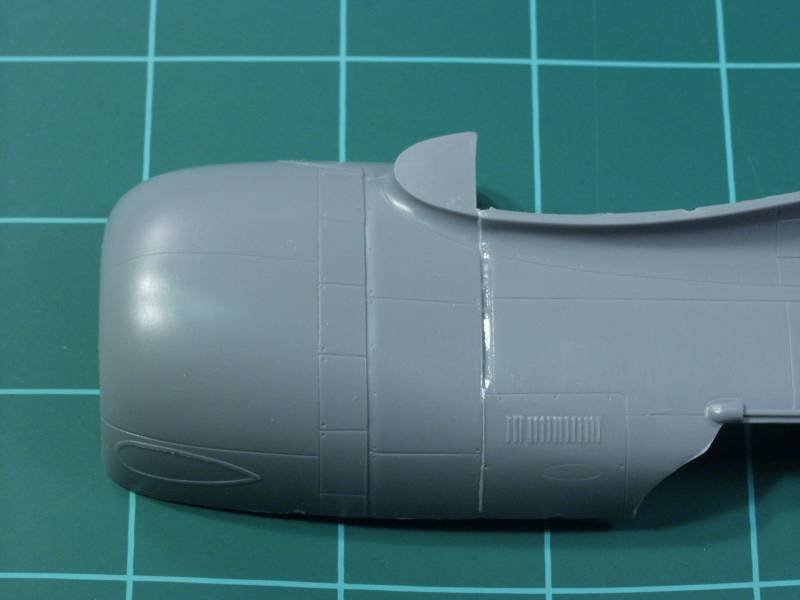
The forward cockpit bulkhead required a bit of sanding for a good fit.
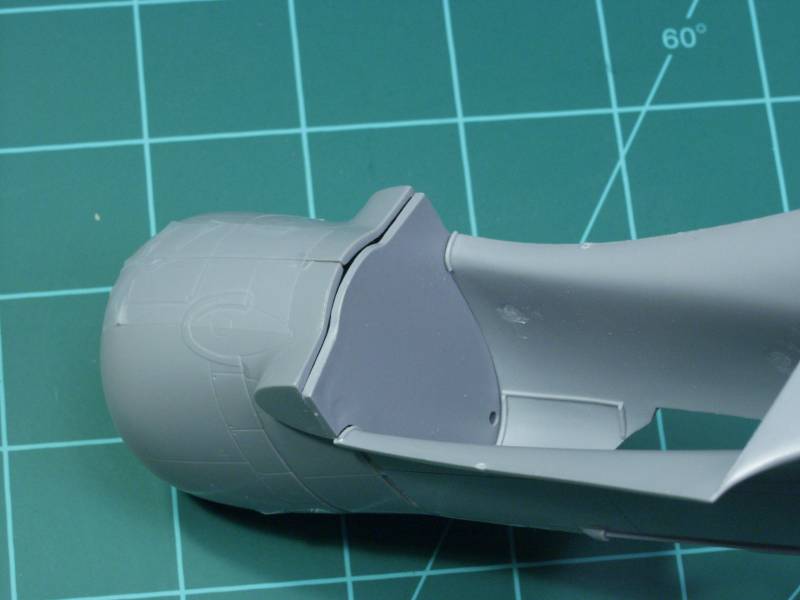
And for the version I was building the shell ejector chutes and gun barrel holes in the wing need to be filled.
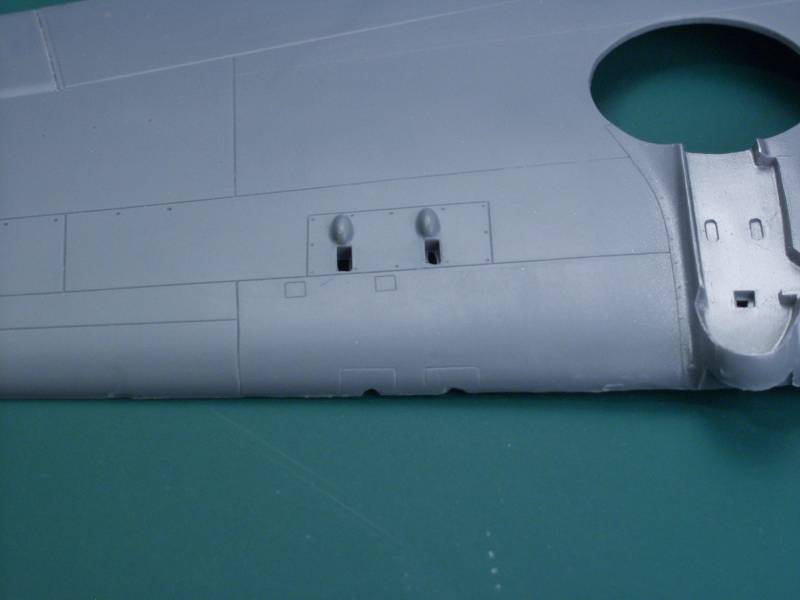
I dressed the engine up a bit as it is easily seen, added push rod tubes and ignition wiring. The Pratt and Whitney logo decal set it off.
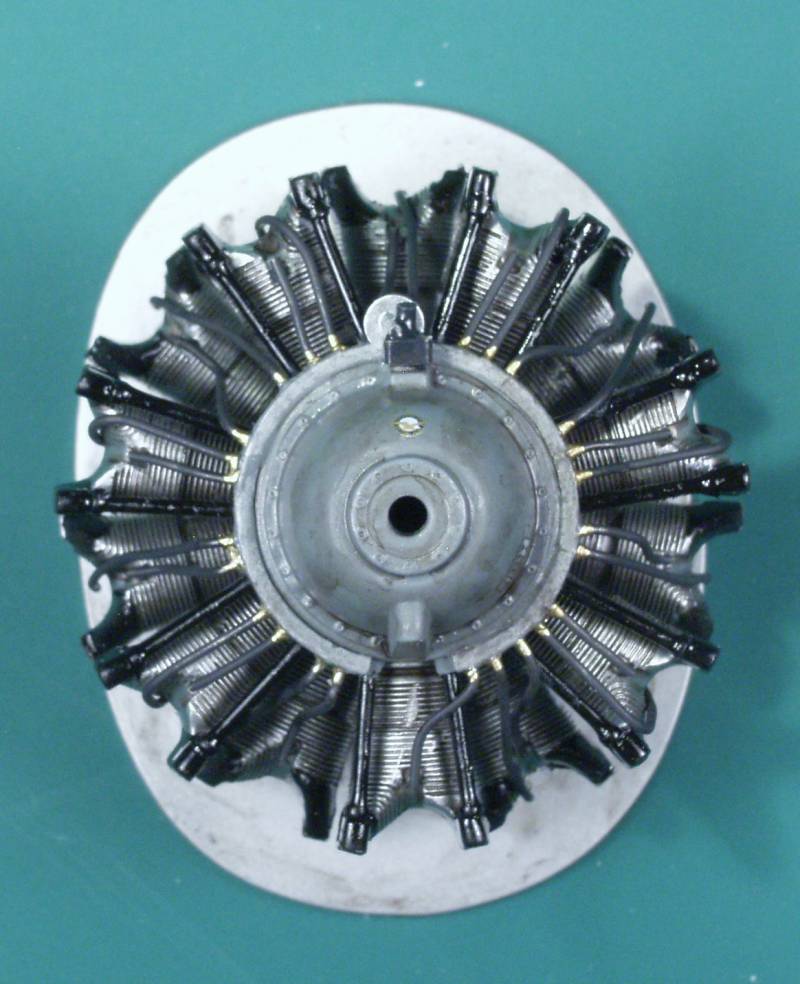
From this point on I did not take any in progress photos, not that much going on but I wish I had taken some photos of the cockpit. I did in in natural metal but information is a bit lacking and it could have very well been interior green. What follows are the final assembly photos.
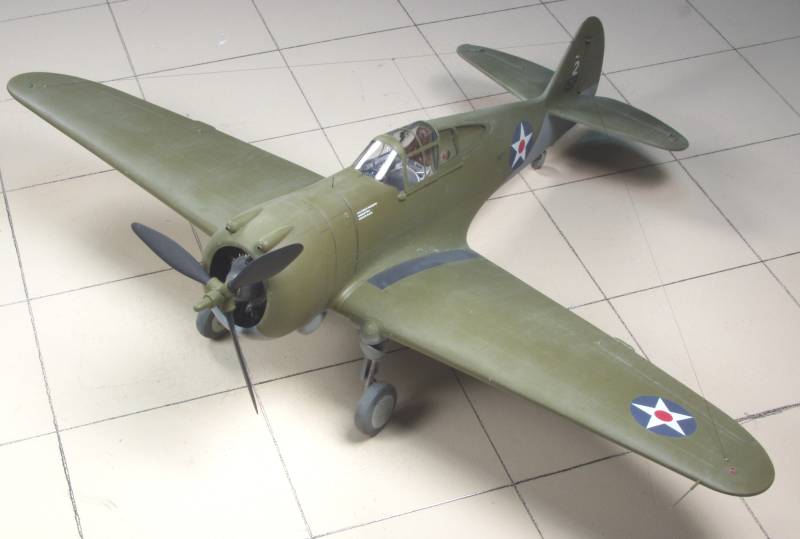
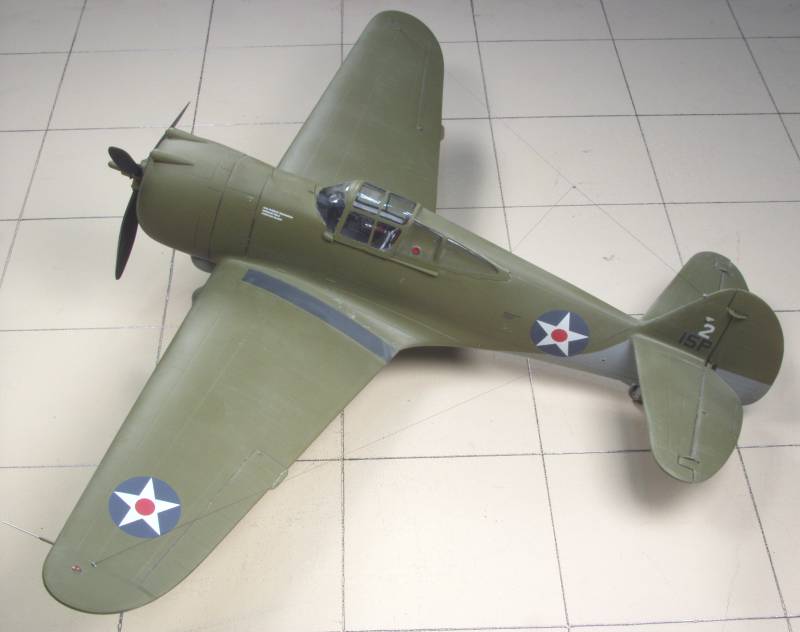
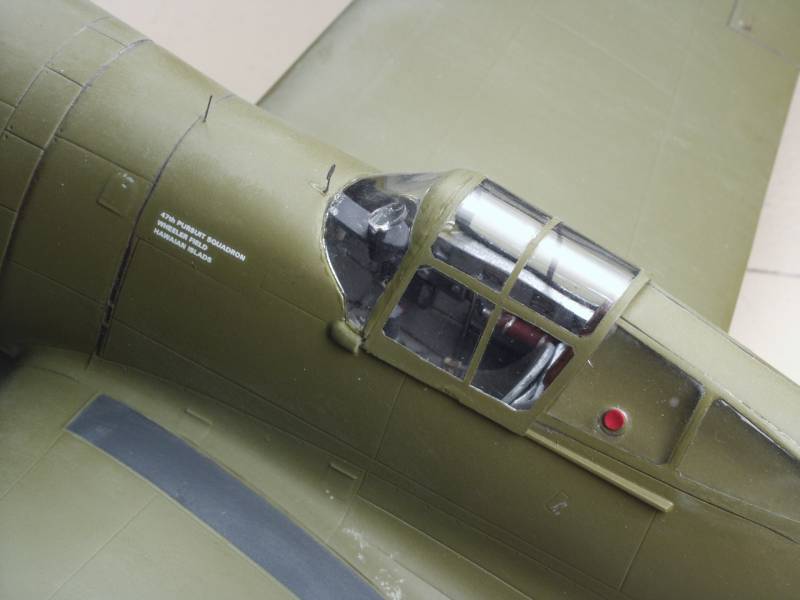
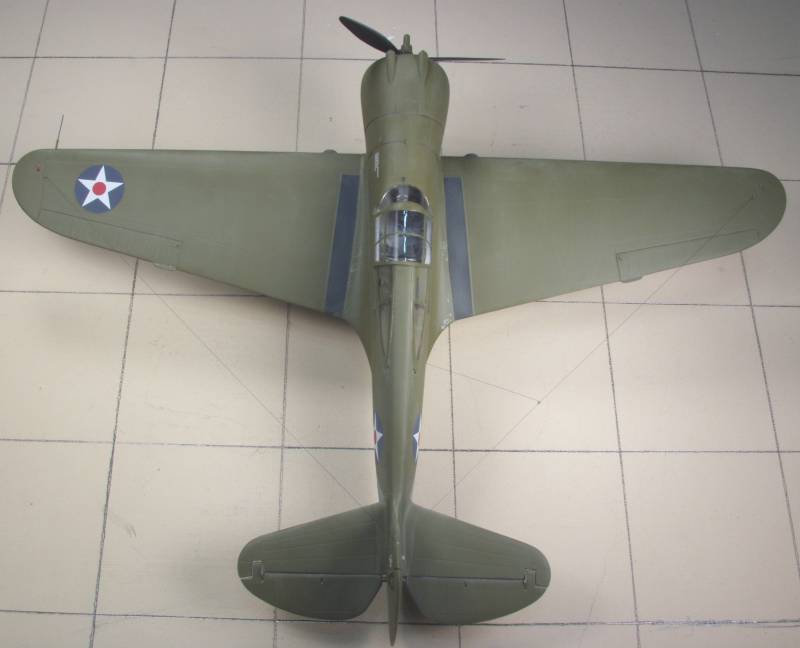
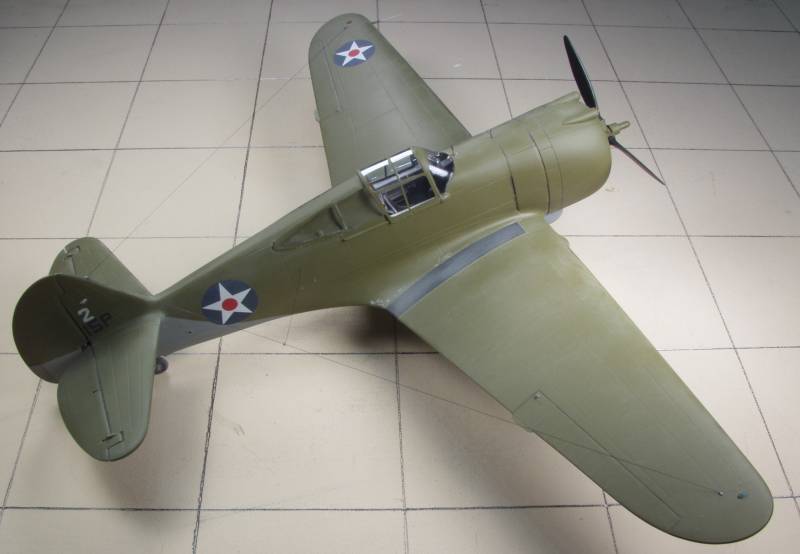
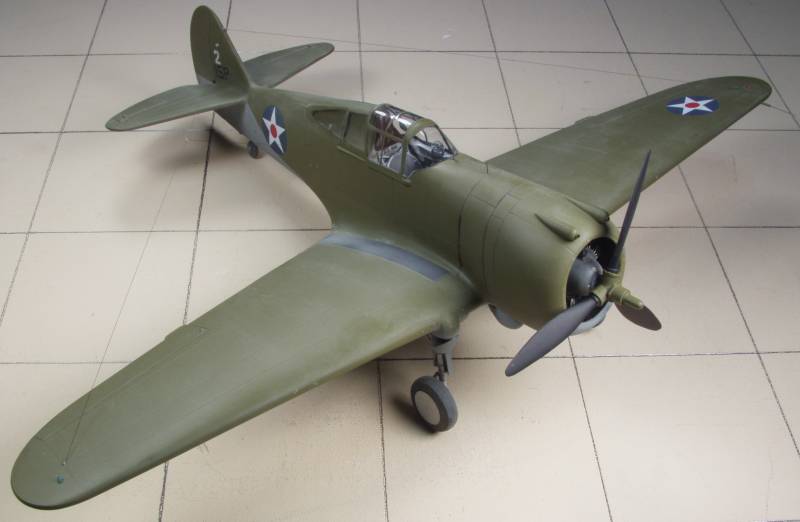
Yes, I know the U.S. ARMY is the wrong color but the kit decals went down so nice on the top that I doubt I could have found any the correct color that would have went down as well. I hand cut a stencil for the white 2 on the tail as the kit decals were black contrary to the report of the day given by Harry Brown.
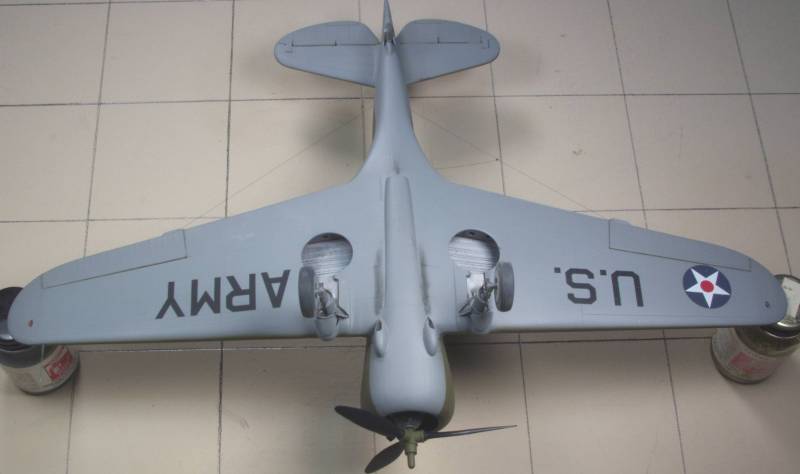
I kept the weathering to a minimum as I figured that prior to the 7th much time was spent keeping them clean. I did give it a dusting with pastels since it was stationed at a satellite airfield that wasn't paved but it doesn't show up all that well in the photos. Over all its a fairly decent model of a historically significant aircraft but its assembly drug out over a fairly long time because I kept losing interest in it.